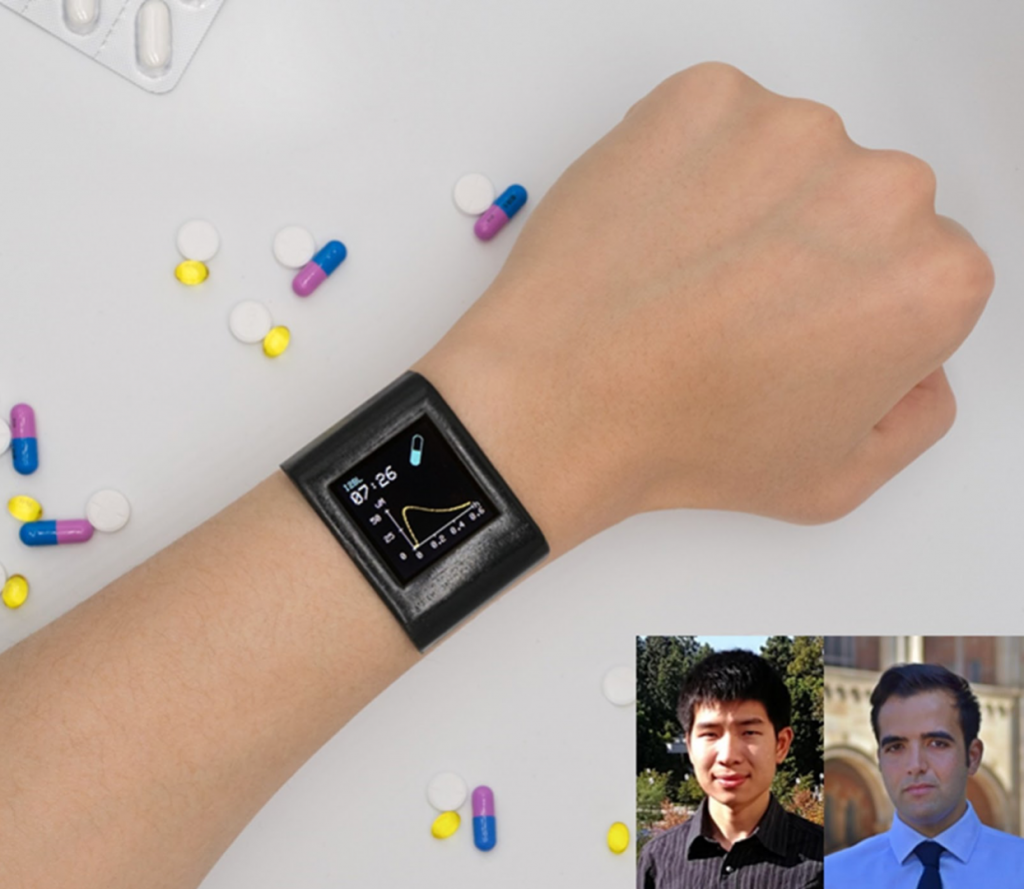
In doctors’ offices around the country, medication is prescribed in a fashion that many would consider generic. Dosages recommended by healthcare professionals may occasionally vary by age and sex, but by and large individual body chemistry and genetic makeup is not taken into account during the prescribing process, even though these factors are important in determining when a specific medication might be absorbed and take effect. Currently, the most popular methods by which medication is personalized is via extensive blood work done at hospitals and laboratories which, in addition to being invasive, is also incredibly time-consuming and expensive. Recent work by UCLA Samueli School of Engineering Professor Sam Emaminejad’s Interconnected and Integrated Bioelectronics Lab (I2BL), however, may shift the paradigm completely.
In a study published in the Proceedings of the National Academy of Sciences, along with members of I2BL in the UCLA Samueli School of Engineering and their colleagues from Stanford, Emaminejad demonstrated that through sweat analyses via a custom-developed smartwatch, drug levels inside the human body can be measured in real time. “We wanted to create a wearable technology that can track the profile of medication inside the body continuously and non-invasively,” said Emaminejad. “This way, we can tailor the optimal dosage and timing of the intake for each individual. And using this personalization approach, we can improve the efficacy of therapeutic treatments.”
“What makes this study significant is the ability to accurately detect a drug’s unique electrochemical signal, against the backdrop of signals from many other molecules that may be circulating in the body and in higher concentrations than the drug,” said lead author Shuya Lin, a UCLA doctoral student and member of I2BL.
Professor Emaminejad also sees applications in the field of mental health, wherein medical professionals could prescribe their patients longer tracks of pharmacotherapy treatments. “The patients,” he says, “could benefit from such easy-to-use, noninvasive monitoring tools, while doctors could see how the medication is doing in the patient.”
